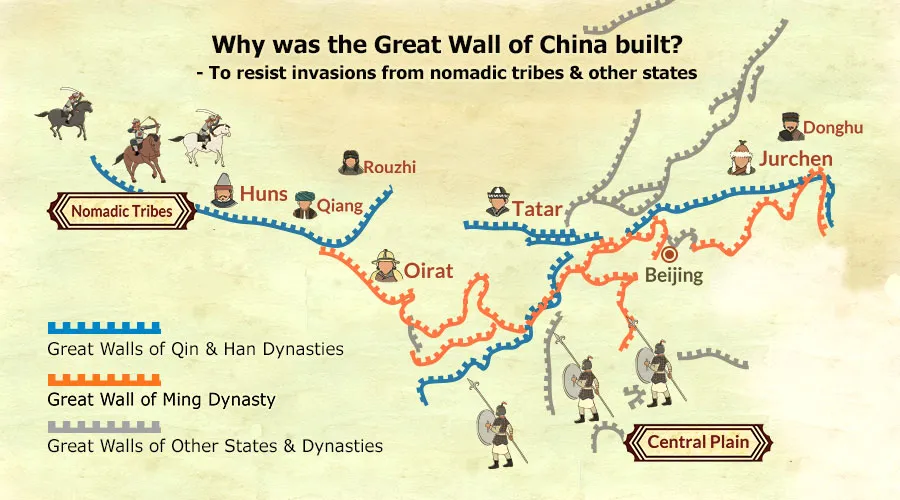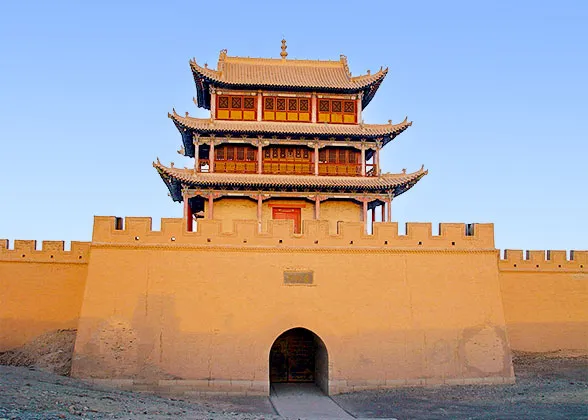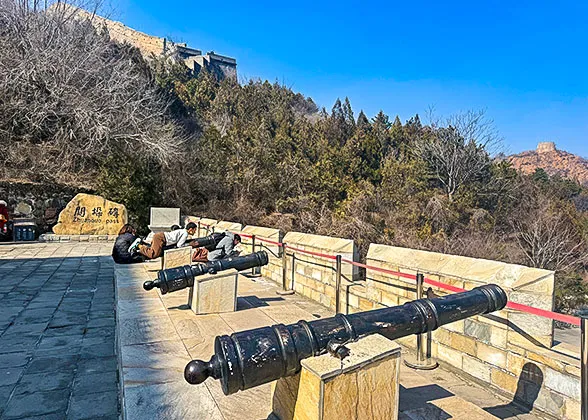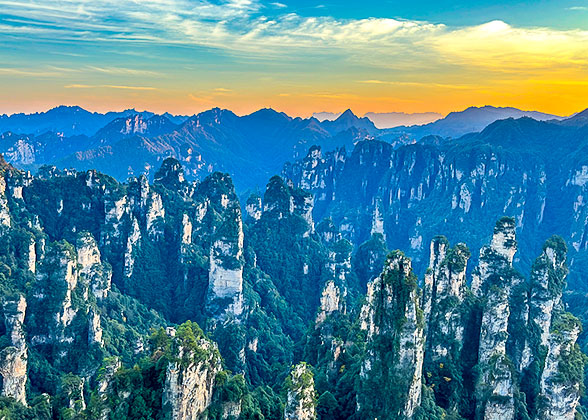Why was the Great Wall of China built?
The Great Wall took shape across more than 20 dynasties, with emperors sparing no expense in manpower and resources to build it, primarily to fend off invasions by northern nomadic tribes and reduce wars.
Main Reason: Defending Against Nomadic Cavalry
Nomadic tribes, born equestrian warriors, were highly mobile, striking at will. When facing infantry, they could retreat swiftly, vanish into the vast grasslands, and evade retaliation from Central Plains armies.
To safeguard their territories, Central Plains infantry once resorted to scattered defenses, but stationing hundreds of thousands of troops across such an expansive frontier left gaps and drained resources.
Agricultural societies soon realized that nomads’ strength lay in their horses. Thus, the most cost-effective defense against steppe cavalry was to erect a wall - one that could block their horses.
Breaching the Great Wall required siege tools like battering rams, which were cumbersome to transport. With limited tools, demolition would take longer, leaving less time for the nomads to plunder. So, garrison troops might arrive mid-raid via the wall’s patrol routes, foiling the attack.![]() See more Did the Great Wall of China Work?
See more Did the Great Wall of China Work?
|
|
Other Reasons:
1. Stabilizing Morale and Protecting Agriculture
Agriculture thrives on peace and stability, relying on unbroken cultivation and harvest cycles.
The Huns frequently exploited weak border defenses to raid southward, seizing crops and destroying farmland. Failing to respond would leave border communities despondent and vulnerable to surrender; sending small forces proved ineffective, while large armies often found the Huns had fled by the time they arrived.
The Great Wall brought a sense of security to border residents, stabilized military morale, and shielded agricultural production from disruption.
2. Controlling Economic Exchanges
Nomadic groups, lacking settled life, farming skills, and crafts, depended on essentials like salt - often obtained through border trade.
The Great Wall redirected trade to controlled passes, letting the Central Plains monopolize economic gateways. This is why the structure includes numerous passes, like Juyongguan Pass and Shanhaiguan Pass, not just a single wall.
In wartime, “closing trade routes” became a nonviolent tool to weaken nomadic societies, achieving victory without direct combat.
3. Reducing the Cost of Long-Term Warfare and Defense
The most efficient way to permanently eliminate the threat of nomadic peoples was to raise horses, train cavalry, go deep into the grasslands, and completely defeat them. However, this approach came with a high cost of war: raising horses, training cavalry, and even more money to feed the soldiers and horses.
Without the Great Wall, maintaining vast border armies would have drained funds. Instead, the wall allowed a few hundred thousand garrison troops to guard thousands of miles, with long-term savings far outweighing its construction costs.
In the history of Great Wall construction, every state and dynasty built the walls as the defensive line to protect their people and territory from other states or northern nomadic tribes.
| State/Dynasty | Defend Against |
|---|---|
| Qi State | Chu State |
| Chu State | Qi, Qin States |
| Yan State | Qi, Zhao, Qin States |
| Zhao State | Donghu, Wei States |
| Wei State | Qin State |
| Qin Dynasty | Huns, Rouzhi, Qiang |
| Han Dynasty | Huns |
| Northern Wei Dynasty | Rouran |
| Northern Qi Dynasty | Tujue, Khitan |
| Sui Dynasty | Tujue |
| Jin Dynasty | Mongols, Tangut |
| Ming Dynasty | Tatar, Oirat, Jurchen |





